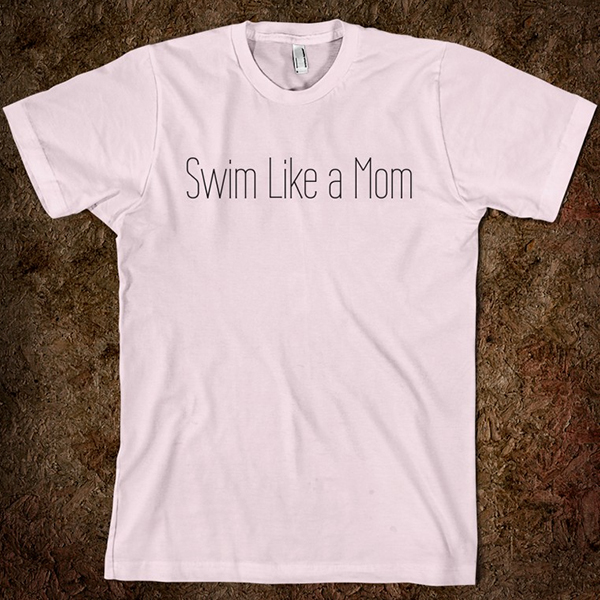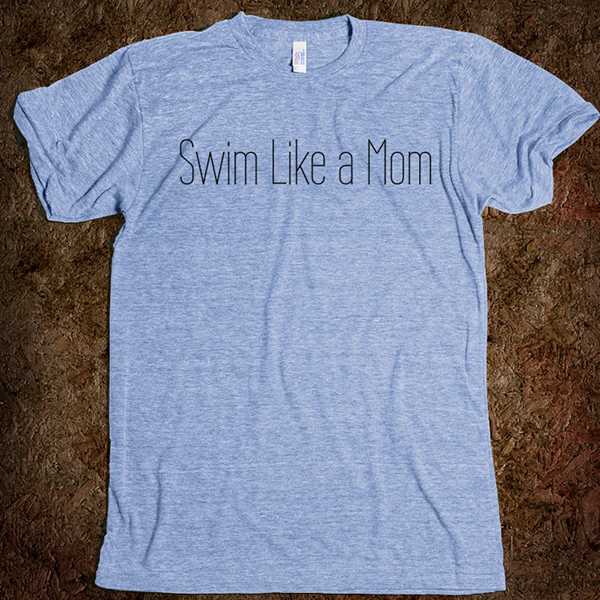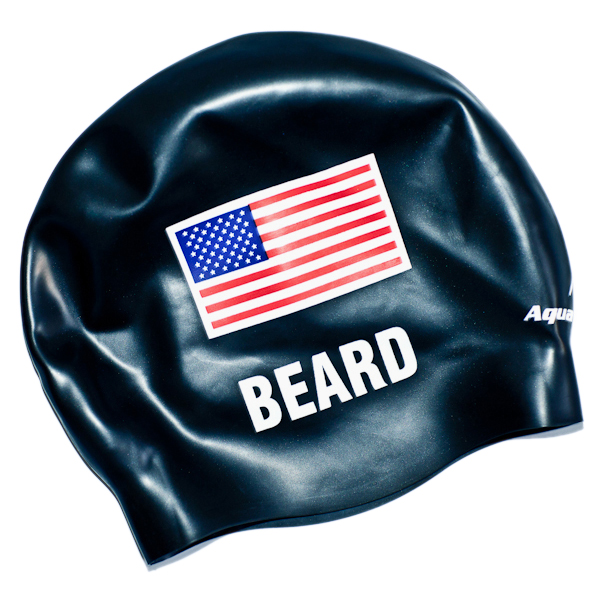 Stop Sign between Tucson and Santa Fe/FUJiFILM Instax 210
Stop Sign between Tucson and Santa Fe/FUJiFILM Instax 210
I love instant film. There's something incredibly satisfying about snapping a picture and being able to hold a finished object a few seconds later. There's no downloading, no processing, no converting, no color correcting and no printing. The hermetically sealed film pops out of the camera, the image slowly appears and it's done: shake and bake.
 Blaise and I at the Beverly Hilton/FUJiFILM Instax 210
Blaise and I at the Beverly Hilton/FUJiFILM Instax 210
The two most well known maufacturers of non-professional instant film cameras and instant film are Polaroid and FUJiFILM. Polaroid once dominated the market and their name is still as synonymous with instant film as Kleenex is with tissue; so much so that I regularly call my FUJiFILM Instax 210 camera "my Polaroid". Unfortunately, the only current analog offering from Polaroid is their 300 which puts out very small images that are more like quaint little souveniers to give away or slap on your fridge than something you'd put in a photo album or frame. Don't get me wrong, the tiny little pics are cute and fun and there's definitely a thousand uses for them, they're just not my preferred size.
Supposedly, the 300 is a relabeled FUJiFILM Instax mini 7 that shoots relabeled Instax mini film and if you look at the two cameras and films side by side, it's hard to argue otherwise. If there's truth to that rumor it means Polaroid actually makes nothing when it comes to traditional instant film … a tragedy to say the least. Ideally, I'd love to see Polaroid get back in the game by making a larger format again, maybe something cool and retro like their famed SX-70 that allows for more creative control but alas, I'm not holding my breath.
 Sacha and I at a bar in NYC/FUJiFILM Instax 7
Sacha and I at a bar in NYC/FUJiFILM Instax 7
FUJiFILM, with their Instax 210 did a great job of picking up where Polaroid left off. The camera itself is a bit bulky and very plastic but the picture it takes is a unique landscape format(6.2cmx9.9cm) and the overall image size(8.6x10.8) is very close to that of Polaroid 600. The Instax film is medium in contrast and saturation, as you might expect, but gains a little in both areas when the flash is turned on in low light situations. Also, the 210 has an attachable close-up lens that works great but I'd really like to see it integrated into the camera so I don't have another thing to keep track of.
Having dragged this camera with me on many a trip, I can say I really do hate the 210's clunkyness but love most everything else about it. It's a favorite to take just about anywhere I go.
 FUJiFILM Instax 210/iPhone
FUJiFILM Instax 210/iPhone
Another option, and my husband's choice, is to buy instant film from the boutique manufacturer IMPOSSIBLE for an old Polaroid SX-70, 600 or Spectra. IMPOSSIBLE started making film because Polaroid stopped and their products, dare I say, are as creative as anything Polaroid ever put out. However, now that getting film is relatively easy again, finding a good condition used Polaroid takes a little work. Check eBay often or marry a photographer, chances are he(or she) will have a few lying around.
Whatever you buy, you'll definitely have as much fun with it as you would your digi cam or iPhone and you might even take a pic or two that's worth hanging on the wall. If you think I jest, buy a copy of The Polaroid Book by Taschen: It's filled with images that exemplify the creative possibilities of instant film.
Instant film cameras and instant film can be had at Amazon, B&H Photo and Urban Outfitters.
*Special thanks to my husband/photographer Sacha Brown for help with this post.
 Amanda Beard,
Amanda Beard,  Maytag,
Maytag,  Olympic Trials,
Olympic Trials,  Sacha Brown,
Sacha Brown,  Swimming | in
Swimming | in  Swimming,
Swimming,  Trials
Trials 










 Stop Sign between Tucson and Santa Fe/FUJiFILM Instax 210
Stop Sign between Tucson and Santa Fe/FUJiFILM Instax 210 Blaise and I at the Beverly Hilton/FUJiFILM Instax 210
Blaise and I at the Beverly Hilton/FUJiFILM Instax 210 Sacha and I at a bar in NYC/FUJiFILM Instax 7
Sacha and I at a bar in NYC/FUJiFILM Instax 7 FUJiFILM Instax 210/iPhone
FUJiFILM Instax 210/iPhone Our Blaise
Our Blaise